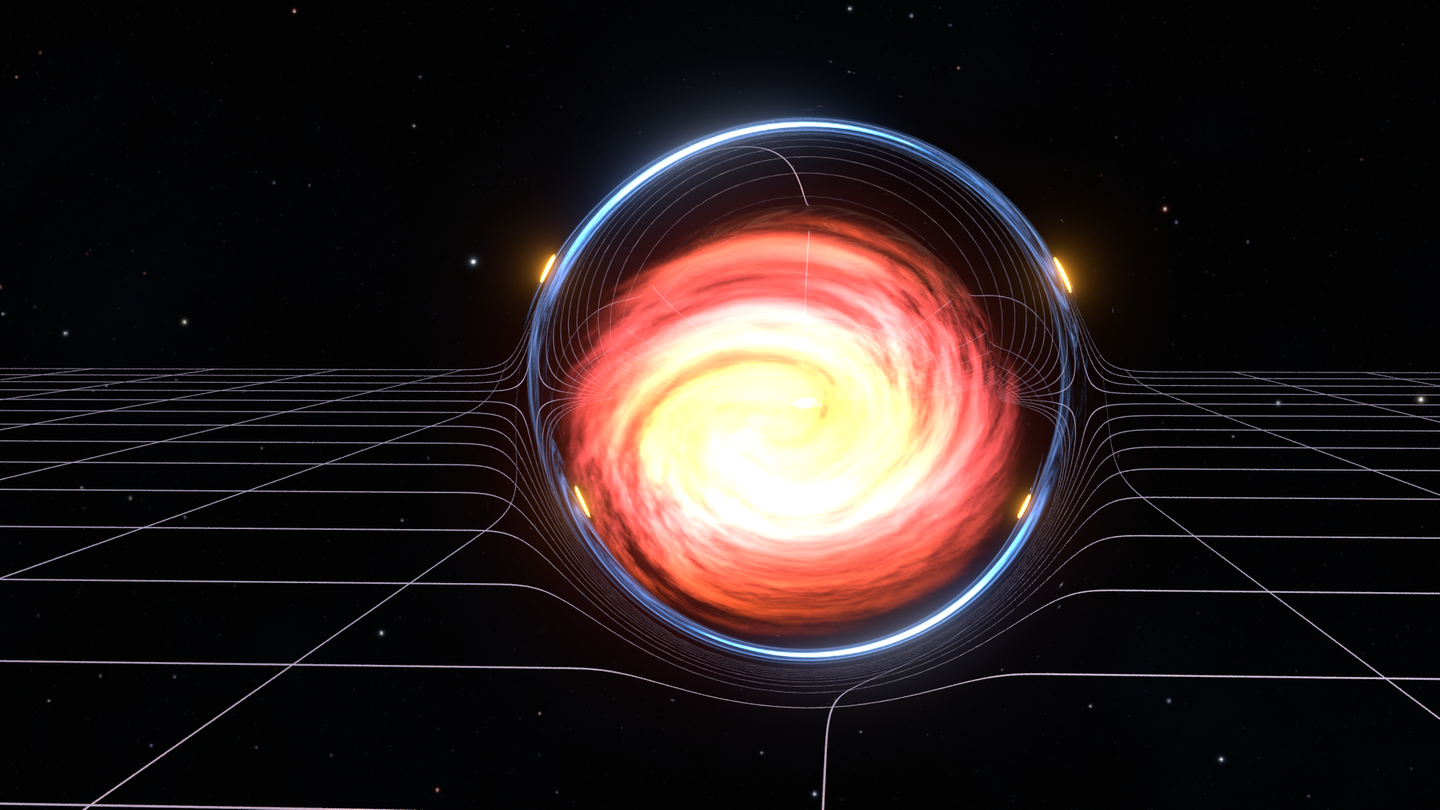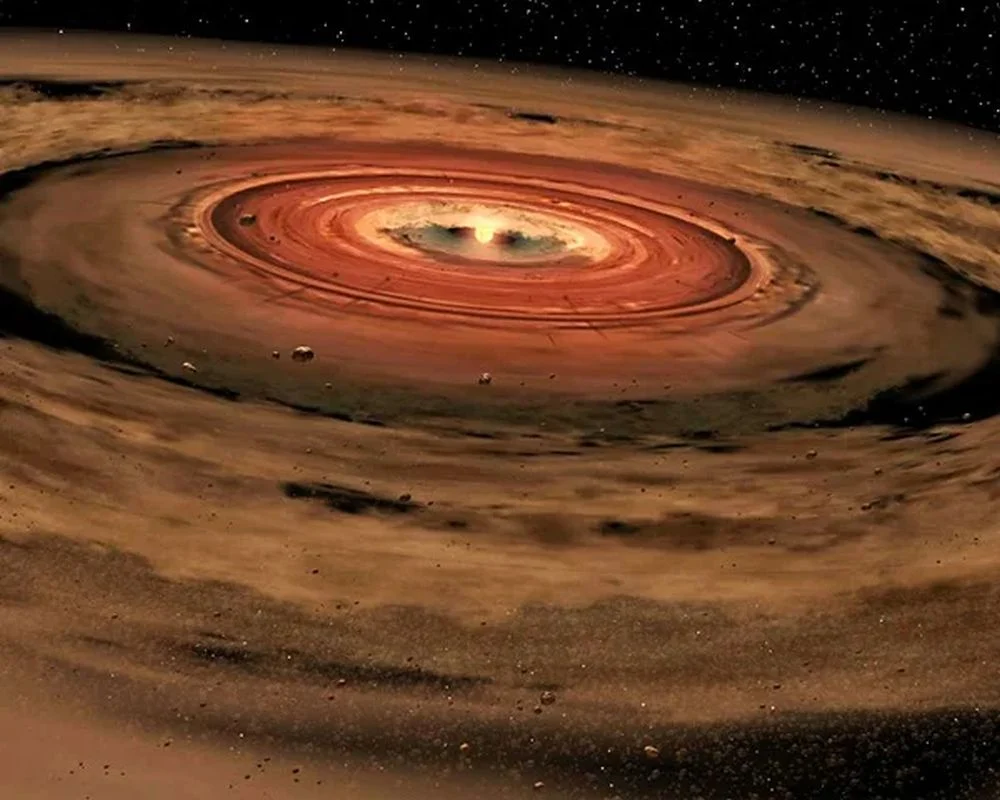An international team of astronomers using a combination of ground-based telescopes, including the W. M. Keck Observatory on Maunakea, Hawaiʻi Island, has discovered the first-ever spatially resolved, gravitationally lensed superluminous
Astronomers found a handful of unusual objects in JWST survey data. These 9 point sources are being called ‘Astronomy’s Platypus’ because, like the animal, they seem to defy categorization. They’re
A black hole has shredded a massive star like it was “preparing a snack for lunch,” according to a team of scientists at the American Astronomical Society’s annual meeting (5–8
Have you ever found something unexpected in your hamburger? Astronomers using the Atacama Large Millimeter/submillimeter Array (ALMA) were surprised to discover the very earliest phases of giant planet formation between
One of the main questions in exoplanet science concerns M dwarfs (red dwarfs) and the habitability of exoplanets that orbit them. These stars are known for their prolific and energetic
Stars and planets are linked together in their formation, evolution, and even in their demises. But many of the details behind this are yet to be revealed. New research outlines
Without a better grasp of stellar flaring, our understanding of exoplanet habitability is at an impasse. Red dwarfs are the most numerous type of star in the galaxy, and they
There is a strong relation between the size of a galaxy’s black hole and the motion of stars in the galaxy’s core, known as the M-sigma relation. It turns out
The sun is not only our closest stellar neighbor, it’s also the star we understand the most. As we’ve observed it over the centuries, we’ve learned that the sun is
arXiv:2512.15858v1 Announce Type: new Abstract: Despite numerous search campaigns based on a diverse set of observational techniques, exomoons – prospective satellites of extrasolar planets – remain an elusive and hard-to-pin-down
-
 01From Polymerization-Enabled Folding and Assembly to Chemical Evolution: Key Processes for Emergence of Functional Polymers in the Origin of Life
01From Polymerization-Enabled Folding and Assembly to Chemical Evolution: Key Processes for Emergence of Functional Polymers in the Origin of Life -
 02Two Black Holes Observed Circling Each Other for the First Time
02Two Black Holes Observed Circling Each Other for the First Time -
 03How New NASA, India Earth Satellite NISAR Will See Earth
03How New NASA, India Earth Satellite NISAR Will See Earth -
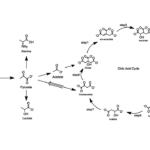 04Thermodynamic Constraints On The Citric Acid Cycle And Related Reactions In Ocean World Interiors
04Thermodynamic Constraints On The Citric Acid Cycle And Related Reactions In Ocean World Interiors -
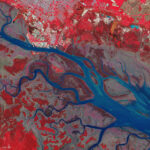 05Φsat-2 begins science phase for AI Earth images
05Φsat-2 begins science phase for AI Earth images -
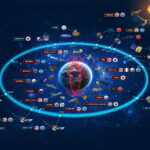 06Hurricane forecasters are losing 3 key satellites ahead of peak storm season − a meteorologist explains why it matters
06Hurricane forecasters are losing 3 key satellites ahead of peak storm season − a meteorologist explains why it matters -
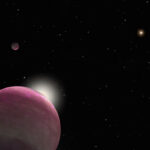 07Binary star systems are complex astronomical objects − a new AI approach could pin down their properties quickly
07Binary star systems are complex astronomical objects − a new AI approach could pin down their properties quickly


